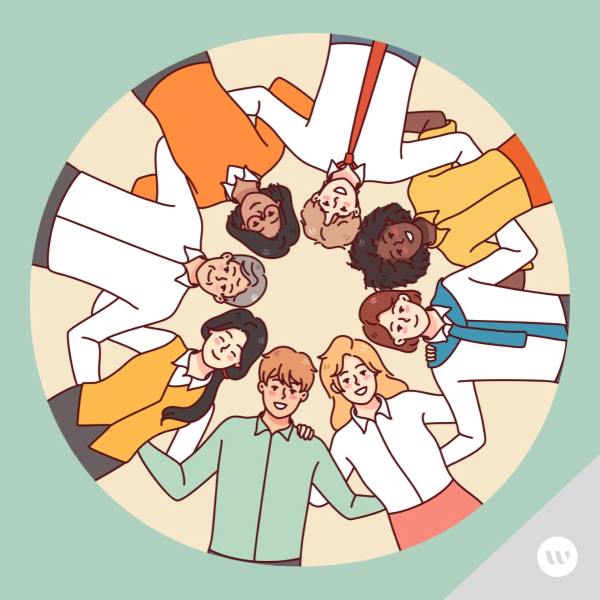Here are 4 budget-friendly ideas for you to consider this Mental Health Awareness Week:
1) INTERVIEW A SENIOR LEADER ABOUT MENTAL HEALTH AND WELLBEING
Storytelling is one of the most important ways to normalise conversations about mental health. And if you can involve your senior leaders in the storytelling process, it sends a powerful message that mental health impacts all of us, and that your workplace is a safe space for mental health conversations.
Conduct an interview with a senior leader on their own mental health journey, how they overcame any challenges, and what they see as their role in leading mental health in the workplace. That can then lead to a broader conversation about mental health in your workplace, the barriers, and where and how to seek support.
This is often a great starting point for follow-up conversations with other leaders and staff on their role in supporting mental health.
We know that volunteering is important for our wellbeing – it’s one of the pillars of the 5 Ways to Wellbeing. Carrying out kind acts increase our happiness and overall sense of wellbeing. So why not take advantage of this and volunteer on a community project this Mental Health Awareness Week?
Want to read more?
Sign in below if you're a Revolutionary (member).
Not a member yet?
Join in seconds! Just $10/month (+ any tax).
Cancel anytime.
Be a revolutionary and join now












